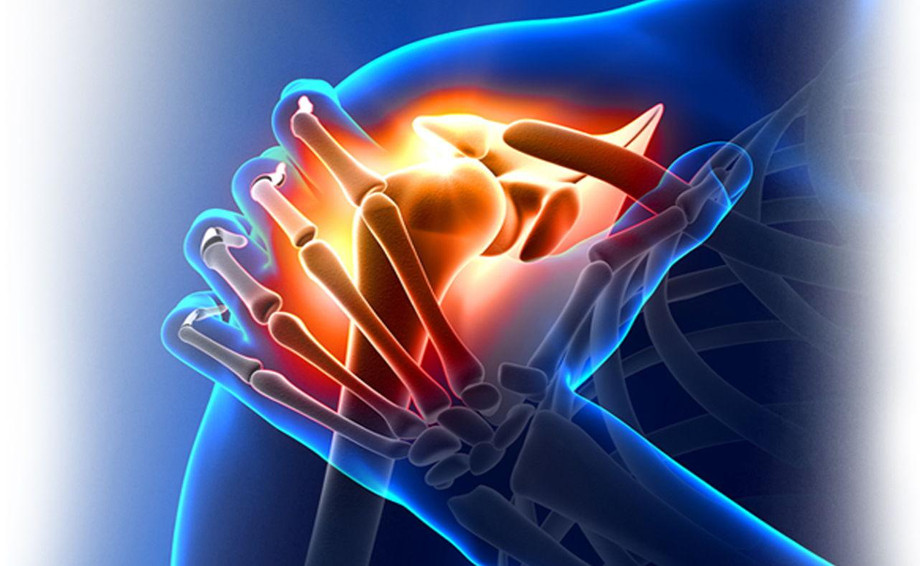Welcome to
On Feet Nation
Members
Blog Posts
Top Content
My Rheumatologist Says I Have Undifferentiated Joint inflammation What is that
Among those who seek out a rheumatologist's assistance for joint symptoms, one of the most common diagnoses is undifferentiated arthritis (UA). This means a specific diagnosis is not yet possible.
Spontaneous remission occurs in 40 to 50 percent of UA patients, while about one-third develop rheumatoid arthritis (RA). Rheumatologists must make a decision regarding whether to initiate disease modifying anti-rheumatic drugs (DMARDS) immediately... or to wait a bit.
To investigate the question as to what could or should be done, researchers with the Early Arthritis Clinic at Leiden University Medical Center, The Netherlands, developed a formula to help determine whether patients who present with UA are likely to progress to RA.
They looked at a total of 1,700 arthritis patients. The Leiden investigators then identified 570 patients with recent-onset UA and monitored their disease for one year. At the end of one year, 177 of the original UA patients fulfilled the diagnostic criteria for RA and 150 had achieved remission; the remaining 94 had been diagnosed with another arthritic condition.
Through a combination of questionnaires, physical examination, and blood samples, the team identified 9 clinical variables with independent predictive value for RA: gender, age, localization of symptoms, morning stiffness, the tender joint count, the swollen joint count, the C-reactive protein level, rheumatoid factor positivity, and the presence of anti-cyclic citrullinated peptide antibodies.
They then created a prediction scoring system
The prediction score, ranging from 0 to 14, was calculated for every patient in the group, with a higher score indicating a greater risk of developing RA. None of the patients who had a prediction score of less than 3 progressed to RA during the year-long observation. In contrast, all of the patients who had a prediction score of 11 or greater progressed to RA. Among the patients with scores between 4 and 10 who experienced progression to RA, the frequency of such progression increased with rising scores.
The percentage of patients in whom RA developed was also assessed according to several cutoff values of the prediction score. For example, when the scores 5.0 and 9.0 were chosen as cutoff values, 97 percent of patients with UA who had a score equal to or less than 5.0 did not develop RA, and a score of equal to or greater than 9.0 was associated with progression to RA in 84 percent of the patients.
"Because the prediction rule is accurate and can be easily determined in daily clinical practice, the present model is an important step forward in achieving individualized treatment in patients with recent-onset UA," notes chief spokesperson Dr. Tom W. J. Huizinga. "... we believe that the current model allows physicians and patients to make an evidence-based choice regarding whether or not to initiate DMARDs, in the majority of patients presenting with UA."
[van der Helm-van Mil AHM, le Cessie S, van Dongen H, Breedveld FC, Toes REM, Huizinga TWJ. A Prediction Rule for Disease Outcome in Patients With Recent-Onset Undifferentiated Arthritis: How to Guide Individual Treatment Decisions. Arthritis and Rheumatism. 2007: 57 (2).]
Authors note: A version of this prediction scale is already used by practitioners in the United States. By taking into consideration multiple variables, a rheumatologist can usually arrive at a decision about whether to start DMARD therapy or not. One measure that was omitted from the Dutch study that we often use in the U.S. is the use of an imaging procedure such as magnetic resonance imaging (MRI) or ultrasound. These imaging procedures are invaluable for early detection of inflammatory damage (diagnosis) and staging.
We do know that the earlier treatment is started, the more likely a patient will achieve remission. We also know that the more aggressive we are at the beginning of RA, the more likely we are to avoid permanent irreparable damage. On the flip side, the use of strong DMARD therapy or biologic therapy should be tempered with the knowledge that these drugs do have potentially severe side effects.
For More Info :- Houston rheumatologist
© 2024 Created by PH the vintage.
Powered by
![]()

You need to be a member of On Feet Nation to add comments!
Join On Feet Nation